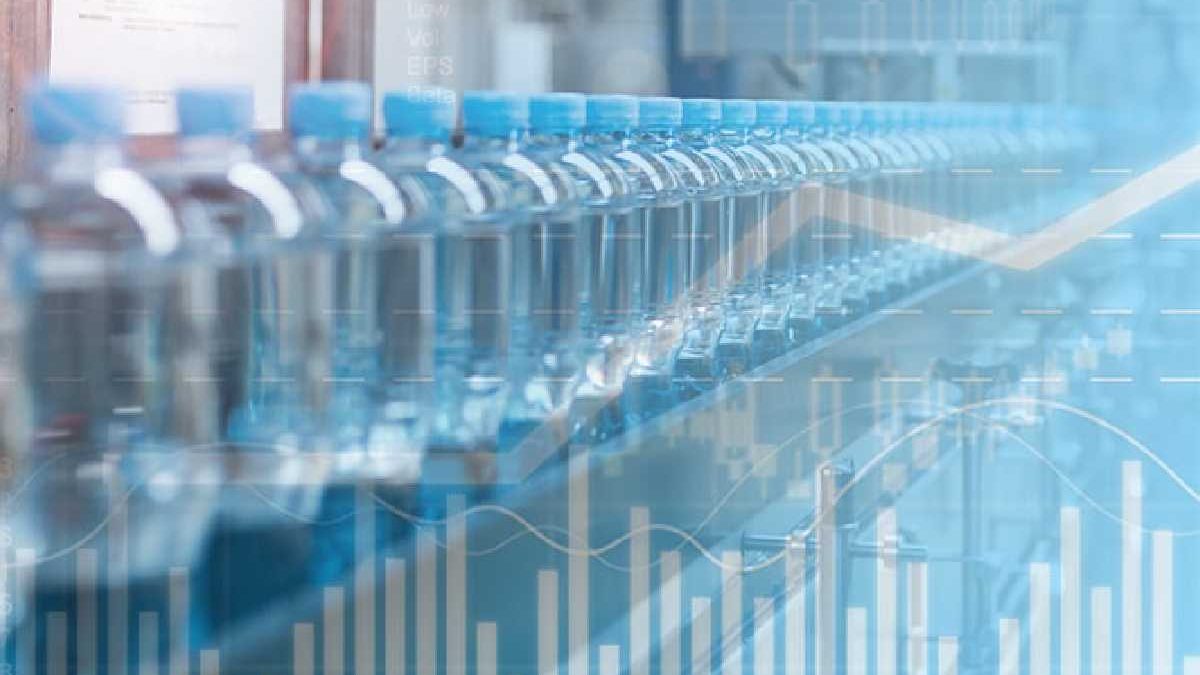In today’s competitive business environment, the ability to maximize resources is paramount. One resource that often goes underutilized is capacity. Whether in manufacturing, human resources, or technology, fully understanding and efficiently using capacity can provide significant competitive advantages. In this article, we will delve into the concept of capacity utilization, its benefits, techniques to boost it, pitfalls to avoid, and the role of technology in enhancing it.
Table of Contents
Understanding the Basics of Capacity Utilization
Capacity utilization rate refers to the proportion of potential economic output that is actually realized. In simpler terms, it quantifies how effectively a business is using its potential productive capacity – its capacity to generate goods or services given its current resources.
It’s calculated by dividing the actual output by the potential output and multiplying the result by 100%. On a broader scale, capacity utilization can provide insights into the overall slack in the economy or a firm, thereby indicating the level of economic growth and stability.
When capacity utilization rates are high, it often indicates a bustling economy and company growth, while low levels could signal an economic downturn or underperformance at the organizational level.
Monitoring and improving capacity utilization thus become important managerial tasks, helping organizations operate at maximum efficiency and uncover the ideal balance between production output, operational costs, and resource management. This points us toward the importance of learning how to improve capacity utilization.
Importance of Monitoring Capacity Utilization Rates
Understanding the levels of capacity utilization is vital as it can predict future business growth, revenue, and profit margin potentials. By monitoring capacity utilization, decision-makers can measure operational efficiency and gauge if there is room for increasing production without raising operational costs.
Additionally, high levels can indicate that a company is operating near its potential, which can be beneficial in the short term, but it may also signal that it’s time to invest in new resources, whether personnel, equipment, or technology. Conversely, low capacity utilization can suggest that an organization is over-invested in resources and needs to re-strategize.
Regular monitoring of capacity utilization can also provide insights into the business cycle and potential market trends. This can have a significant impact on the strategic decisions a company makes in terms of investments, market focus, and even pricing.
KPIs (Key Performance Indicators) that businesses could use to track capacity utilization rates include throughput, production capacity, and raw material usage – these metrics can provide valuable insights and help managers make informed decisions.
Techniques for Boosting Capacity Utilization Rates
Increasing capacity utilization requires a strategic and careful approach, as reckless scaling can lead to inefficiencies and increase operational costs. A more balanced approach begins with a thorough analysis of current operations – identifying bottlenecks, inefficient processes, and underused resources.
Standardization of processes and implementing lean manufacturing principles can help to eliminate wastes, decrease production time, and increase output – all contributing to improved capacity utilization rates.
Training and staff development may also contribute significantly. By upskilling employees and ensuring they are effectively utilized, businesses can enhance productivity without necessarily investing in new resources. Scheduling optimization and cross-training employees to perform multiple tasks can also maximize capacity utilization.
Outsourcing non-core functions can also contribute to better capacity utilization. By offloading peripheral tasks, businesses enable their internal resources to focus on core, value-adding activities.
The Role of Technology in Improving Capacity Utilization
In today’s digital age, technology plays a vital role in enhancing capacity utilization. Advanced analytics can provide in-depth insights into operations, demand forecasts, and capacity usage, enabling organizations to make informed decisions.
Tools such as capacity planning software can help streamline production, balance demand with capacity, reduce bottlenecks, and provide real-time visibility into operations. The end goal is to improve efficiency, reduce costs, and ensure consistent, high-quality output.
Overall, improving capacity utilization is a tactical strategy that can significantly impact a company’s bottom line. By understanding the concept, its implications, and methods to enhance it, organizations can ensure optimal use of resources, improved efficiency, and enhanced competitiveness in an increasingly challenging market. Technology provides powerful tools to enable such improvements, pointing business leaders toward an exciting, resource-optimized future.

